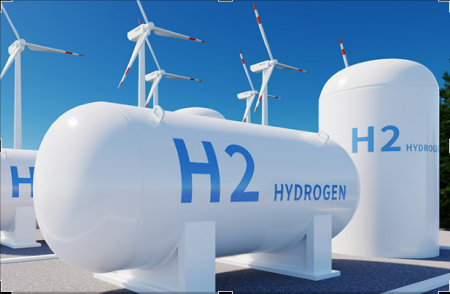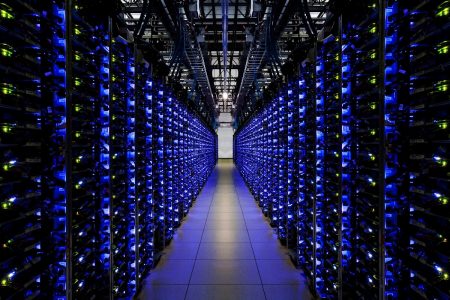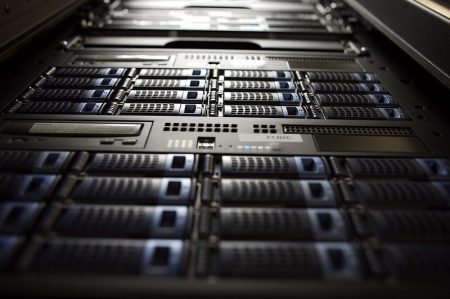Adarsh tells you all about India taking a major step in advancing its computing capabilities with the launch of the three homegrown PARAM Rudra supercomputers…
In yet another step towards becoming self-reliant, India has unveiled three indigenously developed PARAM Rudra supercomputers. In a recent video conference addressing the nation, Prime Minister announced the launch of the three supercomputers that are valued at ₹130 crores.
National Supercomputing Mission
The three computers have been built under the National Supercomputing Mission (NSM) initiative to boost the country’s technological independence and innovation.
Named after the fierce avatar of Lord Shiva, the three computers have been deployed in Pune, Delhi and Kolkata. The initiative is a collaborative effort between the Ministry of Electronics and Information Technology (MeitY) and the Department of Science and Technology (DST). The plan is to develop a state-of-the-art computing infrastructure in the country.
The NSM’s main focus is to bolster India’s technological prowess to undertake advanced research, in fields like climate science, weather prediction and others that require complex simulations.
The Technical Wonders that are PARAM Rudra
The 3 PARAM Rudra supercomputers can perform five quadrillion calculations per second with a peak computing speed of over 5 petaflops. This makes them among the fastest computers in the entire world.
They have been designed to conduct diverse computational tasks, including real-time climate monitoring, disaster management simulations and advanced research in astrophysics and molecular biology. They can process vast amounts of data in real-time which makes them indispensable tools in fields like genome research and drug discovery.

Enhancing India’s Climate and Weather Capabilities
As announced by Prime Minister Modi, PARAM Rudra’s prime focus will be to bolster India’s climate and weather modelling abilities. Considering how vulnerable India is to natural disasters like cyclones, floods and droughts, having accurate and timely weather forecasts is crucial for the country.
Agencies like the India Meteorological Department (IMD) will surely benefit from the enhanced computational power, and this in turn will help save lives and reduce economic losses every year.
Where the Supercomputers are Deployed
The three supercomputers have been deployed in Pune, Delhi and Kolkata to facilitate pioneering scientific research. The first one will explore Fast Radio Bursts (FRBs) and other astronomical phenomena at the Giant Metre Radio Telescope (GMRT) in Pune. The second one will enhance research in fields like material science and atomic physics at the Inter University Accelerator Centre (IUAC) in Delhi.
The third one will drive advanced research in areas like physics, cosmology and earth sciences at the SN Bose Centre in Kolkata.

The Last Word
India marked its entry into high-performance computing in 1991 with its first supercomputer, the PARAM 8000 developed by the Centre for Development of Advanced Computing (C-DAC). Fast forward 33 years and the three new supercomputers have taken India’s technological prowess to the highest level.
With superior capabilities when it comes to weather forecasting, climate research and national security, these supercomputers will play a pivotal role in shaping India’s future.
In case you missed:
- Climate Change Could Seriously Hamper India’s Progress by 2030
- Exploring ISRO’s Ambitious Plans for 2024
- Top 5 Tech Trends in 2024
- How AI is leading the way for Agritech in India
- Why is Indian Education Sector facing Record Number of Cyberattacks?
- 15 Billion Transactions a Month! How UPI is transforming India’s Digital Economy
- What Passwords are Indians using, how safe are these?
- How AI helped us find Plato’s Burial Site
- Meta AI launches on WhatsApp & Insta in India
- 7 Online Scams to be Wary of in India








